Belur
Label : Top Attraction
Tags : Temple
Timings : Temple timings: 7:30 AM - 5:30 PM, Inner sanctum of main deity stay closed between 10:00 AM - 11:00 AM, 1:00 PM - 3:00 PM, and 5:00 PM - 5:30 PM
Time Required : 1 day
Entry Fee : Free entrance, Government approved guides cost between INR 125 - INR 250
Dress Code : No strict dress code as such but modest clothing for both men and women.
Belur, Halebidu Overview
Nestled on the banks of River Yagachi in Hassan District of Karnataka, the town of Belur along with its twin town of Halebid located 16 km away, houses exquisite temples that are now listed as UNESCO World heritage Sites. This small town was the capital of the mighty Hoysala empire . Some of the important shrines that are housed here include Chennakesava Temple and Kappe Chennigaray, both of which are exemplary Dravidian pieces of architecture. Non-Hindus are allowed in the temples of Belur.
Known as the 'jewels of the Indian cultural heritage' Belur and Halebid are adorned with the legacy of rich past and culture. Belur is mainly known for its prime attraction, the Chennakesava Temple dedicated to Chennakesava or Lord Vishnu. Legend has it that it took 103 years to complete the construction of this magnificent edifice. Standing right next to it is another temple Kappe Chennigaraya, a temple built by the wife of Hoysala king Vishnuvardhana, Shantaladevi. Apart from these, there are two other temples in the complex. Both temples exhibit the intricate detail work on the walls made up of light green soapstone. Visit this destination for a glorious look into the Hoysala engineering genius.
Read More on Belur
History of Belur
Architecture of Belur
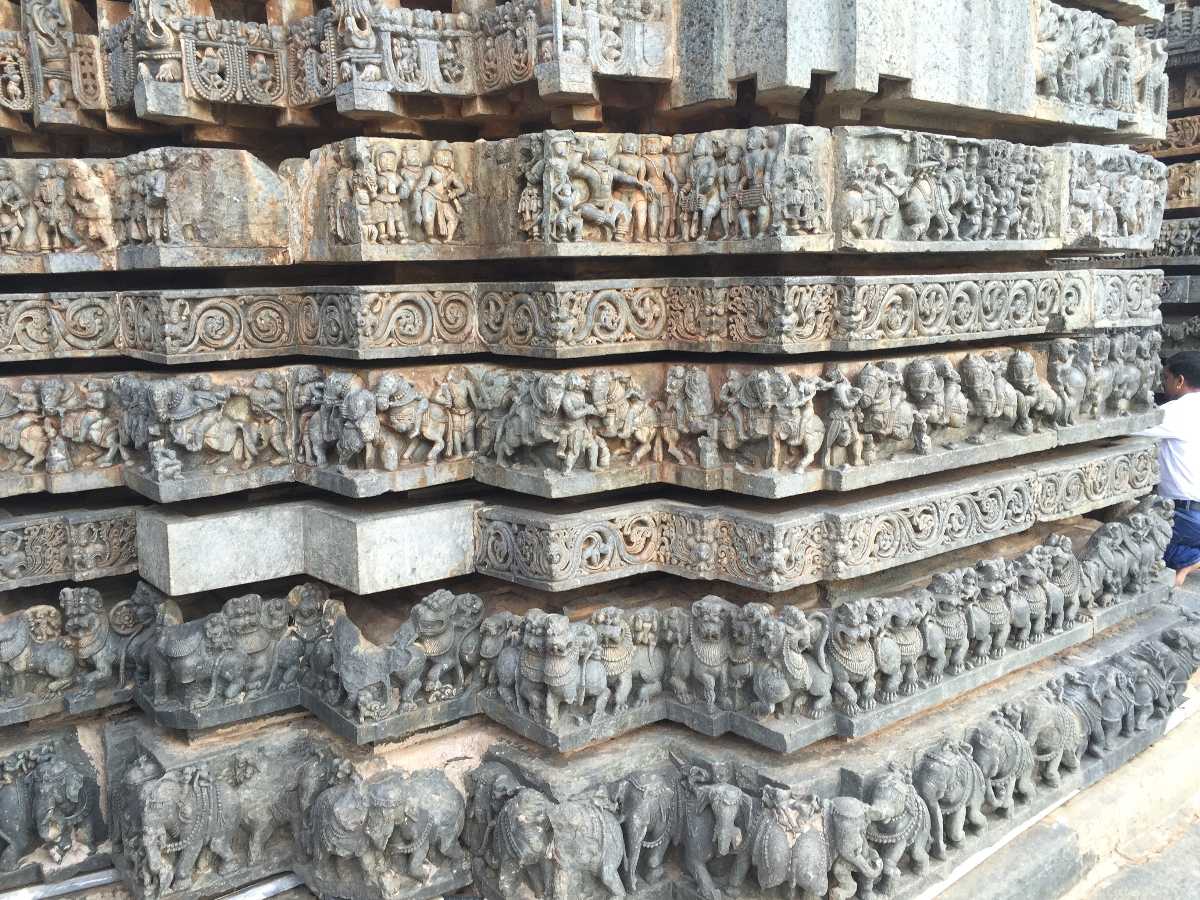
Sculptures of birds, elephants, lions, horses and other animals can also be seen. Apart from that, you will be fascinated with intricate carvings on the temple that depicts the scenes from the Mahabharata, Ramayana and the Upanishadas. The sculptures inside the temple are built using ivory and sandalwood. With its delicate carving and stunning sculptures, the Belur temples are often compared with those at Khajuraho. Belur along with its twin town Halebid once served as a capital of Hoysalas and Shravanabelagola, form the Golden Triangle of Karnataka Tourism.
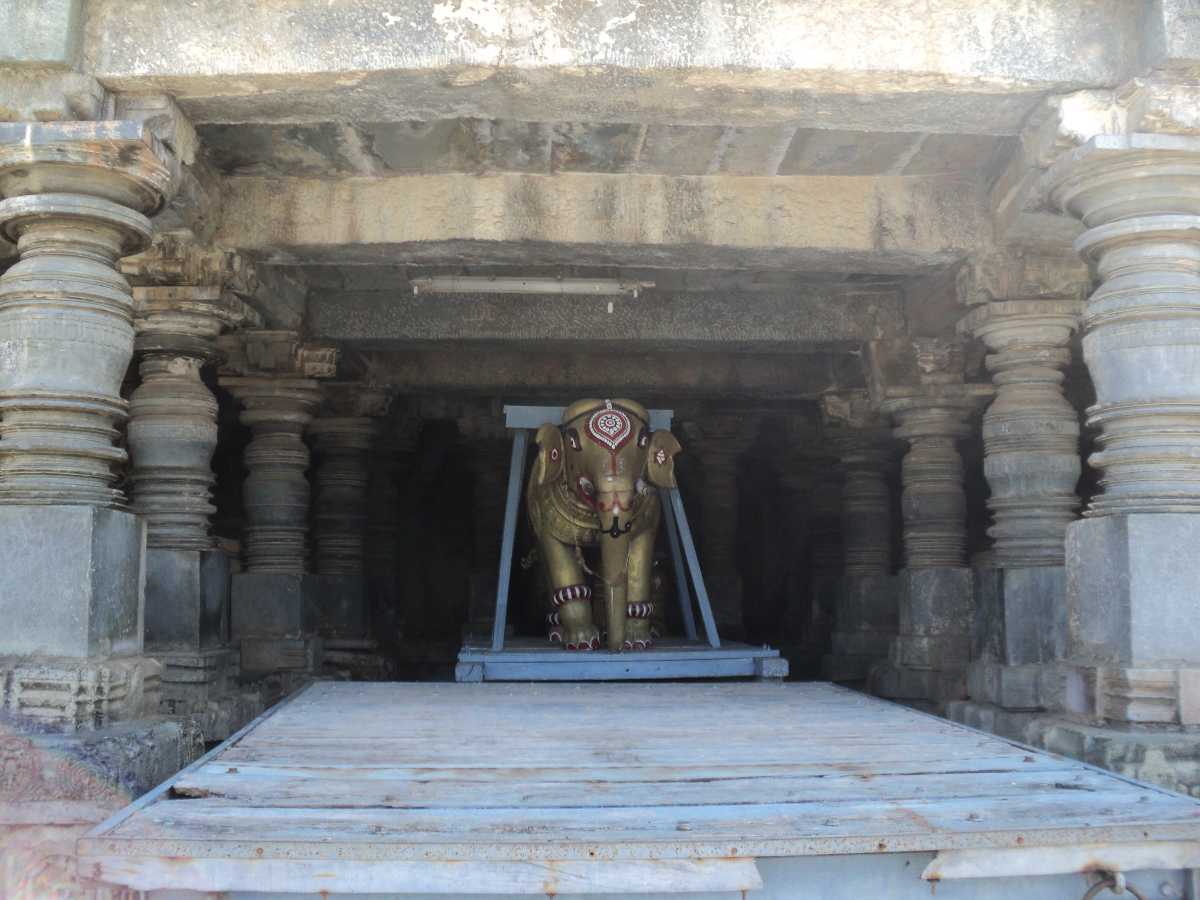
Kappe Chennigaraya temple which was built by Shantaladevi is also situated in Belur. It is said that Shantaladevi herself danced in front of the main shrine during its installation and her dance-inspired the figurines that adorn the temple walls. Two more temples are situated in the complex along with the Pushkarni or stepwell, which are astonishing architectures in their own right.
Belur - Halebid - Shravanbelgola Packages by KSTDC
Departure from Badami House, Bangalore: 06:30 AM
Breakfast: 08:30 AM - 09:00 AM
Visit Shravanabelagola & Darshan of Lord Bahubali (Gomateshwara): 10:30 AM - 11.30 AM
Lunch at Karnataka Hotels Belur: 01:30 PM - 01:45 PM
Visit Hoysala style Chennakeshava temple, Belur: 02:00 PM - 03:00 PM
Visit Hoysala style Hoysaleshwara Temple, Halebeedu: 03:45 PM - 04:45 PM
Tour ends at Badami House, Bangalore: 10:00 PM
Ticket Prices: INR 1000 per head
Best Time To Visit Belur
Places to Visit in Belur
1. The Chennakeshava Temple
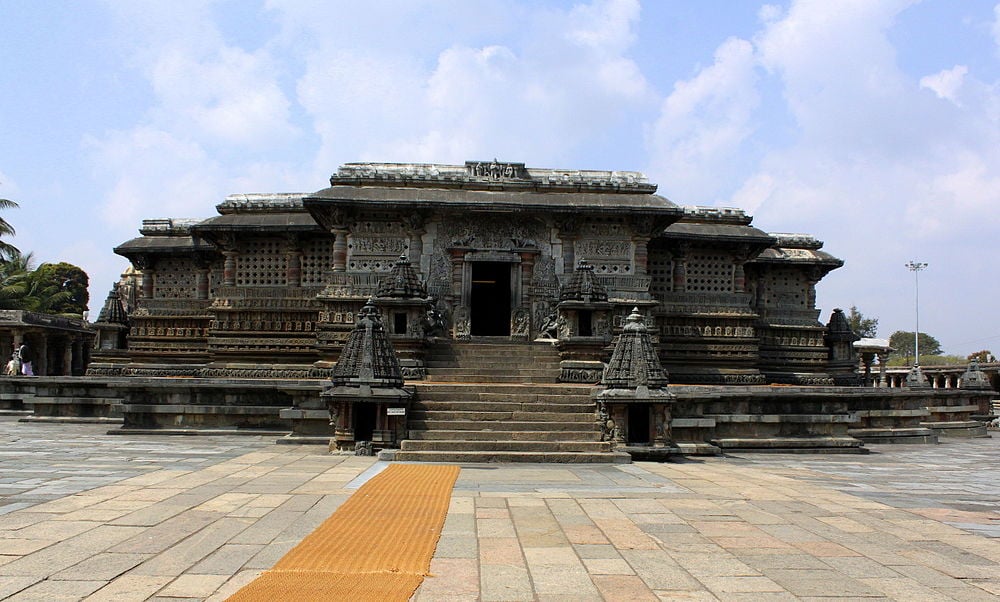
The Channakeshava temple is one of the most sought after tourist attraction in Belur. This grand temple is dedicated to Lord Vijayanarayana, who is considered to be one of the 24 incarnations of Lord Vishnu. It was built in the 12th century by Vishnuvardhana, the then Hoysala king, as a way to celebrate their victory over the Cholas in the battle of Talakad. The temple is adorned with beautiful sculptures and carvings that portray celestial nymphs and a few scenes from the Upanishads, Mahabharata and Ramayana.
2. Madanikas
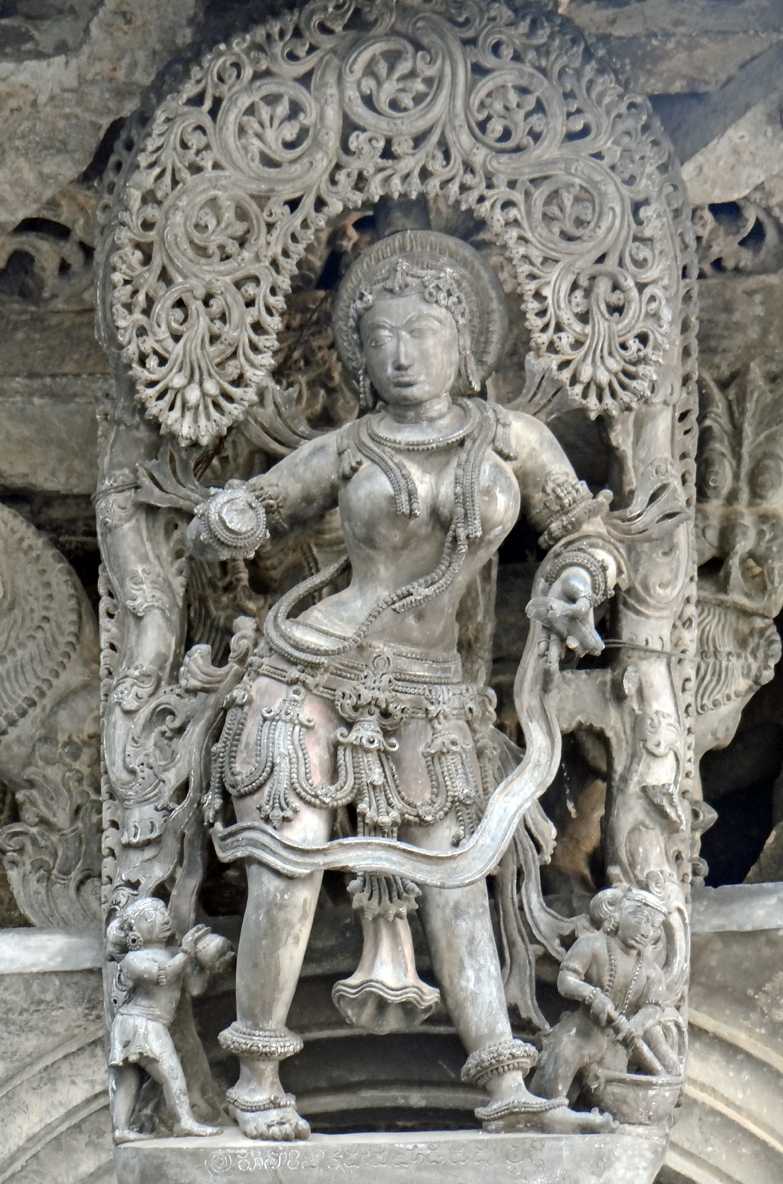
In different corners of the Channakeshava temple, 42 Madanikas or Celestial Nymphs are carved out of soapstone. It is said that Shantala Devi, Queen of Vishnuvardhana inspired these intricate carvings and depict the different postures of Bharatnatyam.
3. Veeranarayana Temple
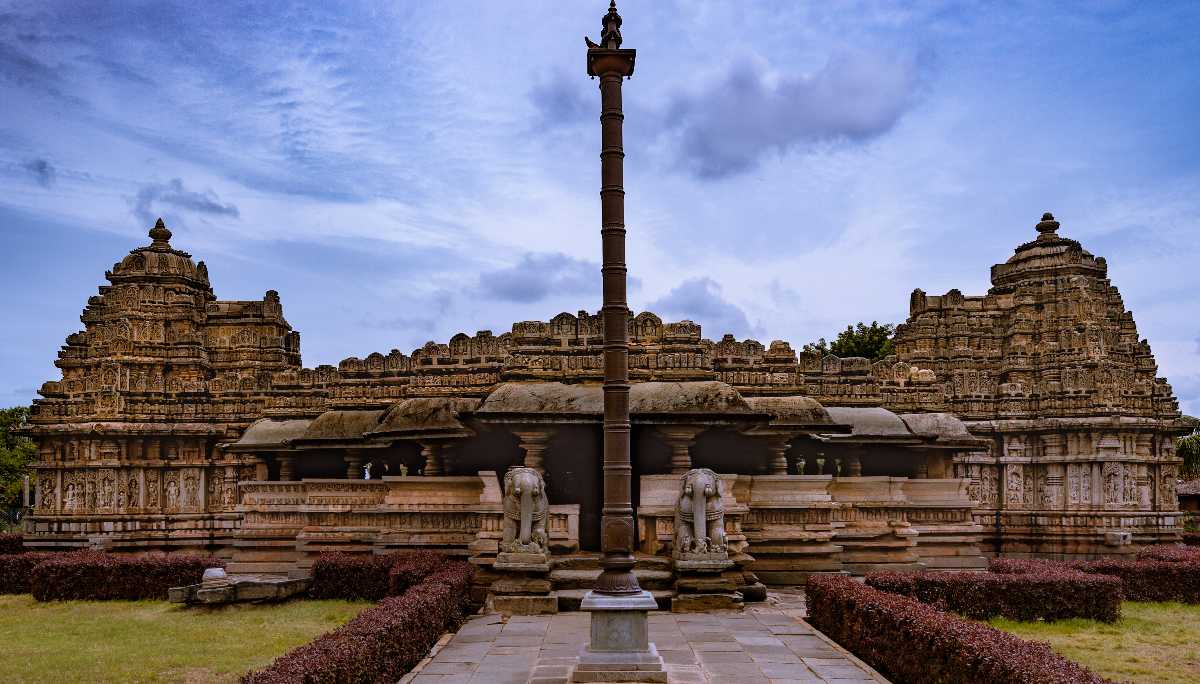
4. The Gravity Pillar
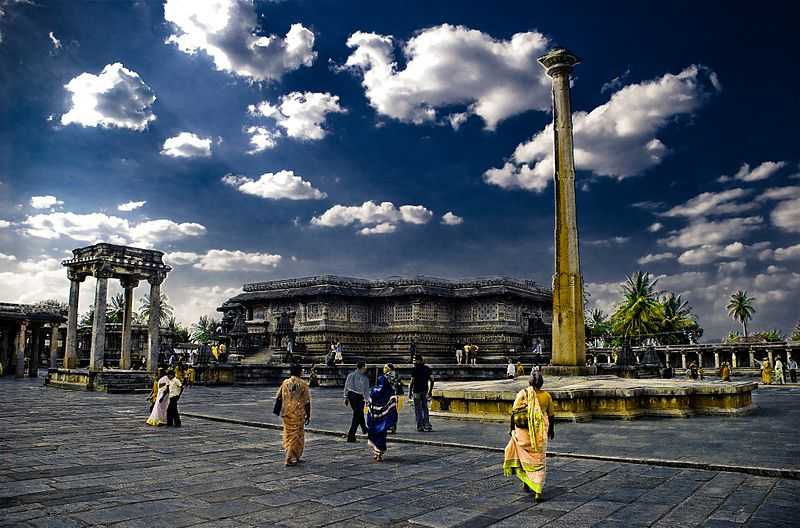
5. Kappe Chennigaraya Temple
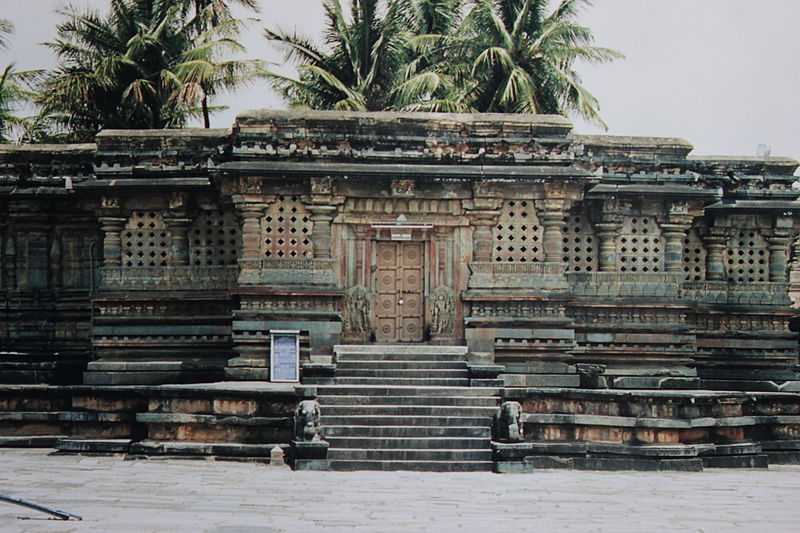
6. Vishnu Samudra
The Big Tank, or in other words, widespread among the locals as Vishnu Samudra, was constructed during the reign of Narasimha Raya. After the Vijayanagar Empire took over, Basappa Nayaka built the north end of the quadrangle and added steps on all the three sides of the tank. The water from this tank is still used in the temple rituals.How To Reach Belur
By Bus: Although there are private buses that go to Belur, there are no direct KSRTC buses. In this case, one can take a KSRTC bus to Hassan and from there, catch a taxi or another bus to Belur. There are regular KSRTC buses available from Hassan so that it won't be an issue!
You can also hire tourist taxis for a comfortable, one-stop journey.The best way to explore the twin temple towns is on foot. However, to reach either of them you can hire a taxi, auto-rickshaw or take a bus which is easily available. In order to commute between the two towns, all the three options of taxi, auto-rickshaw and bus are available.
